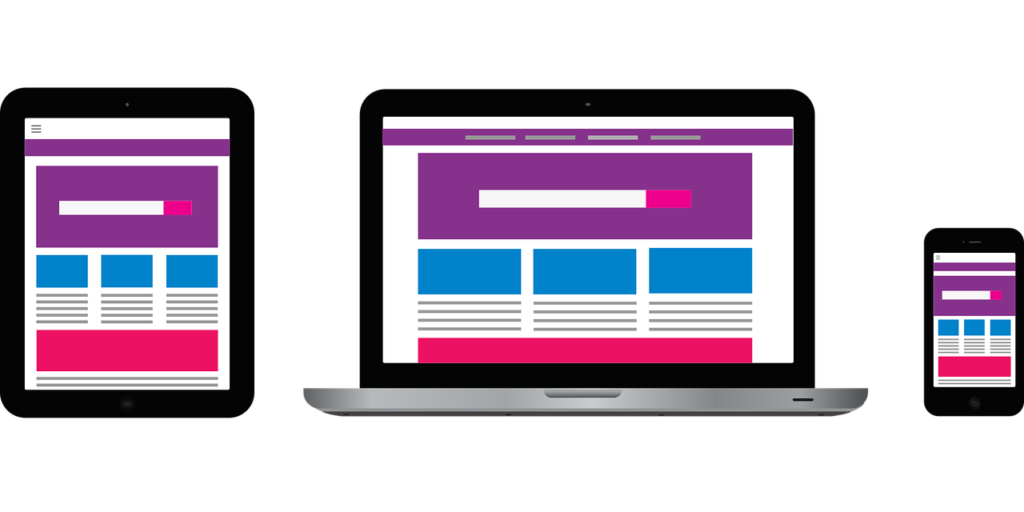What Is Graphic Design?
Misconception about graphic design includes several visual and linguistic aspects. A graphic designer’s position is challenging, dynamic, and fascinating, from eye-catching illustrations in magazines and advertising on billboards to your favorite animated movie, graphics on a website, or an appealing design on a mailing. Isn’t that intriguing?
14 Graphic Design Myths Debunked
Even though graphic design is one of the most popular job paths today, there is a lot of misinformation that people still believe. Let’s look at some of the most frequent misconceptions about graphic design and find out which are not true.
1. A degree is essential to becoming a graphic designer
Believe us when we say that many successful graphic designers have not studied graphic design formally. Your originality and perspective are all you need to succeed in this sector (along with your design talents).
2. Graphic design is simple
We wish we could tell you it’s a simple task, but it isn’t. Graphic designers across domains spend hours devoted to their screens, creating and tweaking designs, and we understand their frustration.
3. Graphic designers also create content
We’re delighted to dispel this graphic design misconception here. No, a graphic designer does not create or produce content; rather, they are content creators themselves. Graphic designers are exclusively responsible for your content’s design.
4. Graphic design is purely for show
Graphic design is much more than just looks. Aesthetics is only one of many aspects of graphic design. The area also requires effective communication, innovative thinking, and the development of a brand image.
5. Graphic design is a low-cost service
Graphic design, like all other fields, requires a budget. Graphic designers are well compensated, and you should compensate them appropriately.
6. Graphic designers know video and photo editing too
Some clients expect graphic designers to edit their photos and videos as well. Most people burden graphic designers with other responsibilities that are not a graphic designer’s job.
7. Graphic design is solely necessary for cutting-edge information
You can use design to aid with fashionable content, but you also need design for everyday tasks. For example, you may need a well-designed brochure to deliver to a customer, or you may need to modify your logo to fit your brand.
8. Plagiarism does not exist in graphic design
Plagiarism may be seen in graphic design as well. You cannot steal another brand’s design and pass it off as your own. If you do, the original inventor may file a lawsuit against you.
9. A costly setup is required for designing
Most people believe that graphic designers need pricey computer equipment. It is not correct, to accomplish the task as effectively as possible, you may need a minimum configuration to run software that does not lag.
10. Graphic design can make your post go viral
Graphic design alone cannot make your post go viral. You need to work closely with the content team and have a great content marketing strategy in place, to make a post go viral.
11. Good design endures
While excellent design should be ageless, unfortunately, it is not. Your design serves a function and will continue to exist as long as that purpose persists. If, on the other hand, your design goes viral and becomes the next big thing on the internet, it will undoubtedly be timeless.
12. Every design task is the same
No, graphic designers don’t do the same thing every day. They work on a range of projects, with various designs fulfilling various goals. A designer, for example, may prepare a brochure today and visuals for a landing page tomorrow.
13. Graphic design is solely needed for online platforms.
Graphic design is required for both online and print mediums. A graphic designer creates the design on the glossy pages of a magazine and the adverts in a newspaper.
14. A graphic designer is somebody who can create social media postings.
To be honest, there are far too many tools available today that have made the job of a graphic designer simpler while also making many individuals self-proclaimed graphic designers. Graphic design is more than just creating social media posts; it entails much more.
To Sum Up
Having brought to light a few of the most widespread fallacies about graphic design. They have been in the industry for a long time and must be refuted at all costs. While some may appear amusing, all of these misconceptions about graphic design might have major effects if clients do not examine them before employing the teams. Professionals can clarify all the details to clear up any confusion about what myth fulfills in graphic design.
You, too, have been a victim of some of these myths up to this point. In such a scenario, we hope you will learn to distinguish between truth and fantasy in terms of design and behave realistically in your actual graphic design assignments.

